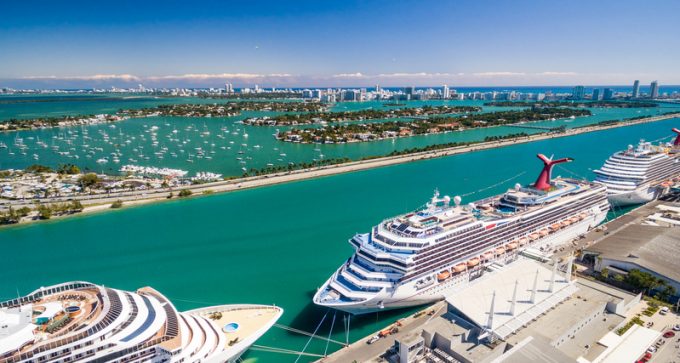China congestion easing after projected cargo boom fails to materialise
China’s port congestion is easing as Shanghai’s post-lockdown cargo boom fails to materialise, and the ...

Recently, cruise ships have converged on the Caribbean island of St Vincent, but their passengers are not the customary pleasure-seekers – the vessels were dispatched for the evacuation of locals whose lives are threatened by the eruptions of the La Soufriere volcano.
This was not the restart the cruise lines anticipated, but they are hoping normal business will resume soon.
In the US, the industry has targeted 4 July, reported Maxine Krajniak (pictured below), vice-president cruise lines, marine & hospitality, at Crane ...
Asia-USEC shippers to lose 42% capacity in a surge of blanked sailings
USTR fees will lead to 'complete destabilisation' of container shipping alliances
New USTR port fees threaten shipping and global supply chains, says Cosco
Outlook for container shipping 'more uncertain now than at the onset of Covid'
Transpac container service closures mount
DHL Express suspends non-de minimis B2C parcels to US consumers
Zim ordered to pay Samsung $3.7m for 'wrongful' D&D charges
Flexport lawsuit an 'undifferentiated mass of gibberish', claims Freightmate

Comment on this article